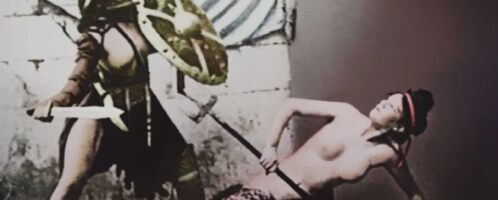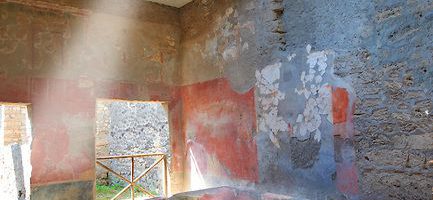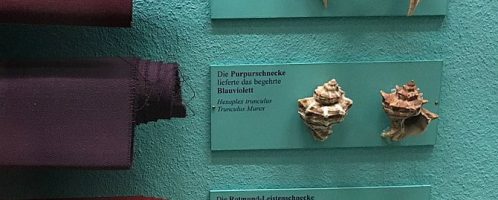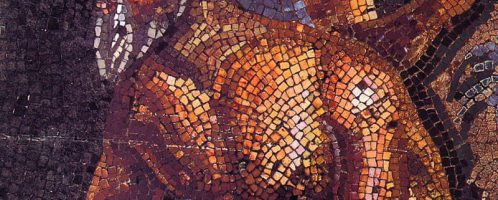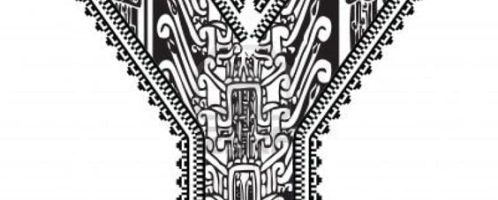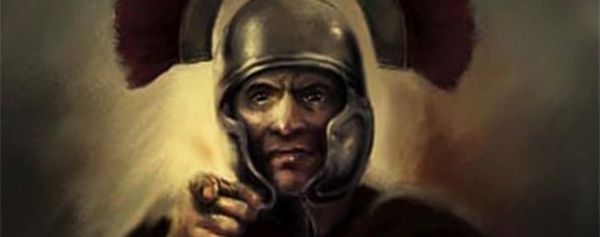There were also women gladiators in arena
The men weren’t the only ones who fought in the arenas of the Roman amphitheatres. The Romans trained arena fighting also women. They were the so-called gladiatrices, which were largely made up of volunteers. The Senate tried to minimize or forbid them to a minimum or forbid them from fighting in the arena. In 19 CE even the law Tabula Larinas was adopted, which stipulated that it was forbidden to recruit daughters, granddaughters and great-granddaughters of senators and equites to fight in the arena. The new law resulted from the fact that large numbers of women from well-to-do families joined the fight.

